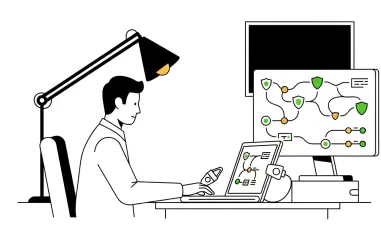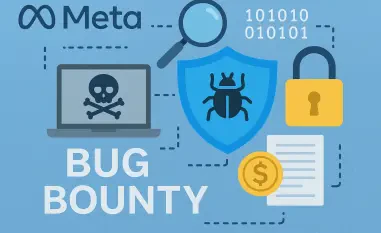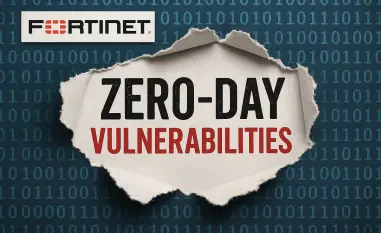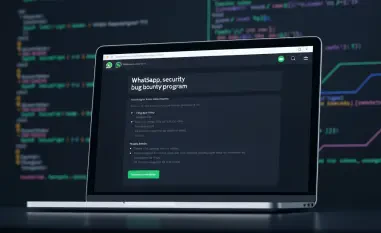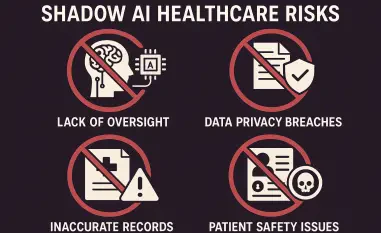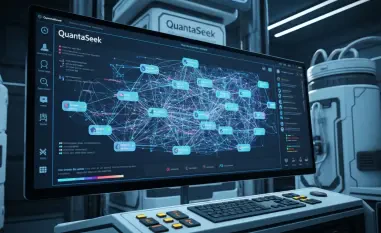In an era where digital infrastructure underpins nearly every industry, a staggering revelation has emerged: a single flaw in file compression tools can unravel the security of entire systems, posing a grave threat to organizations worldwide. Imagine a seemingly harmless ZIP file, downloaded as part of routine operations, silently overwriting critical system files or planting malware deep within a network. This is the reality of the Zip Slip vulnerability, a path traversal flaw that has sent shockwaves through the cybersecurity landscape. As organizations increasingly rely on automated processes and cloud-based workflows, understanding and mitigating this pervasive threat has become paramount to safeguarding file system integrity across diverse platforms.
Understanding the Zip Slip Vulnerability
The Zip Slip bug represents a critical cybersecurity risk, rooted in path traversal flaws within file compression and decompression utilities. This vulnerability allows attackers to exploit weaknesses in how software handles file paths during extraction, potentially leading to unauthorized access or manipulation of a system’s file structure. Its ability to bypass intended boundaries makes it a formidable challenge for security professionals striving to protect sensitive data.
A wide array of compression formats, including ZIP, TAR, RAR, and 7Z, are susceptible to this issue, highlighting its extensive reach. The flaw can compromise file system integrity by enabling malicious actors to create, overwrite, or execute files in unintended locations, often with devastating consequences. From small businesses to large enterprises, the potential for system-wide damage underscores the urgency of addressing this pervasive threat.
The impact of Zip Slip extends across numerous software tools, including widely used applications like WinRAR and Unrar, and affects multiple platforms such as Windows, Linux, and Unix-like systems. Given the universal reliance on compression utilities in modern workflows, the vulnerability’s scope is alarmingly broad. This widespread exposure necessitates a coordinated response to prevent exploitation in both personal and corporate environments.
Mechanics and Impact of Zip Slip Exploits
How Zip Slip Works
At its core, the Zip Slip vulnerability exploits inadequate input validation and path sanitization during the decompression process. Compression tools often fail to properly check file path metadata embedded in archive headers, allowing attackers to craft malicious paths that include traversal sequences like “../” or absolute paths. Such manipulation directs extracted files to locations outside the intended directory, breaching security boundaries.
Attackers can tailor these exploits to target specific system areas, amplifying their destructive potential. For instance, on Linux systems, a path like “../../../../etc/passwd” could overwrite critical authentication files, while on Windows, paths targeting the Startup folder might deploy malware that activates on reboot. These examples illustrate how easily attackers can weaponize seemingly innocuous archives.
The technical simplicity of crafting such malicious archives lowers the barrier for exploitation. By embedding harmful path data in archive headers, adversaries can rely on the decompression tool’s flawed logic to execute their intent. This underscores the need for robust safeguards in software design to prevent such straightforward yet dangerous attacks.
Real-World Consequences and Case Studies
Historical and recent incidents reveal the severe impact of Zip Slip vulnerabilities in real-world scenarios. Specific flaws, such as CVE-2025-8088 affecting WinRAR and CVE-2022-30333 in Unrar, have demonstrated how attackers can achieve remote code execution or persistent malware installation through path traversal exploits. These cases highlight the tangible risks faced by users and organizations alike.
Advanced persistent threat groups, such as RomCom APT, have leveraged Zip Slip in targeted campaigns, exploiting user interaction with malicious archives to infiltrate systems. The outcomes often include compromised authentication mechanisms or backdoors embedded in critical directories, leading to long-term security breaches. Such documented attacks emphasize the vulnerability’s role as a gateway for sophisticated cyber threats.
The ease of exploiting Zip Slip, often requiring only the extraction of a malicious file, exacerbates its danger, particularly in automated systems or cloud services. Environments where archives are processed without human oversight become prime targets, as attackers can deliver payloads undetected. This low barrier to entry makes the flaw a favored tactic among cybercriminals seeking efficient attack vectors.
Challenges in Addressing Zip Slip Threats
One of the primary hurdles in combating Zip Slip lies in the inherent design of compression formats, which prioritize flexibility in path storage over stringent security controls. This structural choice, while beneficial for legitimate use, creates opportunities for path traversal exploits when validation mechanisms are absent or inadequate. Addressing this fundamental flaw requires a delicate balance between functionality and protection.
Recurring vulnerabilities in popular tools like WinRAR and Unrar further complicate mitigation efforts, as evolving attacker techniques often outpace security updates. Methods such as using Alternate Data Streams (ADS) or inserting spaces in paths to bypass filters demonstrate the adaptability of adversaries. These persistent gaps in software defenses highlight the difficulty of staying ahead of innovative exploitation strategies.
Securing diverse environments adds another layer of complexity, especially as compression utilities are deeply integrated into build pipelines, automated processes, and cloud platforms. This widespread adoption increases exposure, as a single flaw can cascade through interconnected systems. Ensuring consistent protection across varied use cases remains a significant obstacle for cybersecurity teams tasked with minimizing risk.
Mitigation Strategies and Best Practices
Effective mitigation of Zip Slip begins with technical solutions embedded in the design of decompression tools. Implementing robust path normalization, rejecting absolute paths or traversal elements, and enforcing strict boundary checks during extraction are critical steps to prevent unauthorized file operations. Software developers must prioritize these measures to close exploitable gaps.
Beyond technical fixes, user vigilance plays a vital role in reducing risk. Caution against unsolicited archives, combined with a commitment to regular software updates, can thwart many attacks before they materialize. Educating end users about the dangers of unverified compressed files is essential to fostering a security-conscious culture within organizations.
For developers and enterprises, adopting secure coding practices and establishing organizational policies are equally important. Ensuring timely updates to tools handling compressed files, alongside oversight in automated systems, can mitigate vulnerabilities at scale. A proactive stance toward patch management and system monitoring forms the backbone of a resilient defense strategy against such threats.
Future Outlook for Zip Slip and File System Security
Emerging trends in exploitation techniques point to an ongoing battle between defenders and adversaries, as attackers continuously adapt to bypass existing mitigations. The increasing sophistication of methods, such as leveraging obscure path structures or metadata quirks, suggests that Zip Slip will remain a dynamic threat. Staying ahead requires constant vigilance and innovation in security practices.
The potential for fundamental redesigns in compression format handling offers a glimmer of hope for long-term resolution. Revising decompression logic to inherently reject malicious path data could address systemic issues at their root. However, implementing such changes across widely used formats and tools presents a monumental challenge for the industry.
As compression utilities remain integral to modern workflows, particularly in cloud and automated environments, the importance of cybersecurity awareness cannot be overstated. Protecting file systems will depend on collaborative efforts to develop new safeguards and educate stakeholders. The trajectory of this issue will likely shape broader discussions on secure data handling in the digital age.
Final Reflections
Looking back, the exploration of the Zip Slip vulnerability revealed a profound challenge that struck at the heart of file system security across industries. The detailed examination of its mechanics, real-world impacts, and persistent obstacles underscored the urgency with which this threat must be tackled. Moving forward, actionable steps emerged as critical, including the adoption of stringent path validation in software and heightened user awareness to prevent exploitation. A renewed focus on redesigning compression handling, alongside sustained collaboration among developers, organizations, and users, offered a promising path toward bolstering defenses. These insights paved the way for a more secure digital landscape, emphasizing proactive innovation as the cornerstone of future protection.


